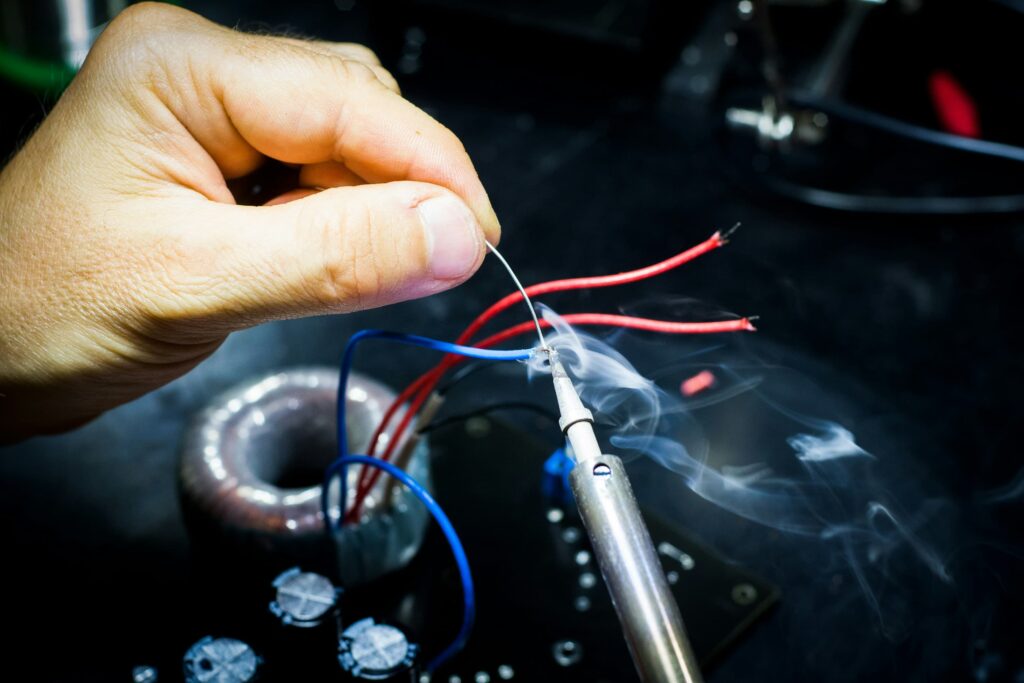
RF Communication

Overview
When specifying RF (Radio Frequency) communication capabilities for a device or system, it’s important to provide comprehensive technical specifications that cover various aspects of RF communication. RF communication is widely used in wireless applications, including IoT devices, remote controls, wireless sensors, and more. Here’s a structured outline of the technical specifications you might include:
General Overview
- Purpose: Describe the primary purpose of RF communication in your device or system (e.g., data transmission, remote control).
- Application: Specify the industry or application where RF communication is used (e.g., industrial automation, consumer electronics). server.
Frequency Bands
- Frequency Range: Specify the frequency bands supported (e.g., 433 MHz, 868 MHz, 915 MHz, 2.4 GHz).
Note: any regulations or standards applicable to the frequency bands used (e.g., ISM bands).
Modulation Techniques
- Modulation Types: Describe the modulation techniques supported (e.g., ASK – Amplitude Shift Keying, FSK – Frequency Shift Keying, OOK – On-Off Keying).
- Specify the modulation index and deviation for FSK modulation.
Integration
- Connect IoT Gateway to Backend: Ensure the gateway can send data to the backend server securely.
- Frontend-Backend Communication: Implement AJAX/Fetch API calls or WebSockets for real-time updates.
- User Authentication: Implement authentication and authorization mechanisms to secure user data.
Data Transmission
- Data Rates: Specify maximum data rates supported (e.g., up to 1 Mbps).
- Packet Data Protocols: List supported protocols for packet data transmission (e.g., IEEE 802.15.4, Zigbee, Bluetooth)
Transmitter Specifications
- Transmit Power: Specify the transmit power levels (e.g., up to 100 mW).
- Antenna Type: Describe the type of antenna used (e.g., integrated PCB antenna, external antenna connector).
- Modulation Accuracy: Provide specifications on modulation accuracy and stability.
Receiver Specifications
- Receiver Sensitivity: Specify the sensitivity level (e.g., -100 dBm).
- Selectivity: Describe the selectivity of the receiver for filtering out unwanted signals.
- Interference Rejection: Mention measures taken for interference rejection and coexistence with other RF devices.
Communication Range
- Typical Range: Provide the typical communication range in open spaces and in indoor environments.


